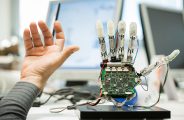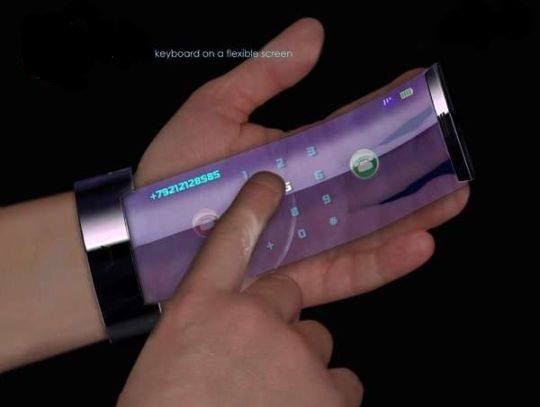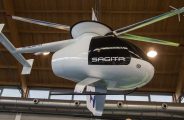This Talking Robot Is A Real-Life C-3PO We’ve Been Waiting For
This small talking robot from Japan is going to the International Space Station.
Kirobo — a humanoid “robot astronaut” which can converse with humans in space and on the ground — is scheduled for launch to the International Space Station on Aug. 4.
Once aboard the orbiting laboratory, Kirobo will take part in the first robot-to-human conversations in space, Kibo Robot Project officials have said.
“Russia was the first to go outer space, the U.S. was the first to go to the moon, we want Japan to be the first to send a robot-astronaut to space that can communicate with humans,” said Yorichika Nishijima, the Kirobo project manager, according to The Associated Press.
Kirobo’s name comes from a combination of the Japanese word for hope, “kibo,” and the word “robot.” Officials from the project chose the name from the more than 2,452 entries submitted by interested fans of the project. The Japanese module of the space station — called the Kibo laboratory — is also named for “hope.”
The robot comes equipped with voice-recognition technology, natural language processing, facial recognition, a camera, emotion recognition and the ability to speak Japanese.
The 13.4 inches (34 centimeters) soon-to-be space-flying robot went through a series of zero-gravity and safety tests before receiving clearance for launch.
Kirobo is scheduled to speak for the first time in space in August or September, but it will be a few more months before Kirobo has its historic first conversation. The robot’s conversation partner, veteran Japanese astronaut Koichi Wakata, will not arrive at the space station until November or December. Kirobo and Wakata are expected to speak for the first time in December of this year, and Kirobo will return to Earth in December 2019.

“I want to help create a world where humans and robots can live together,” Kirobo said when asked what its dream is by an official from Toyota Motor Corp., a partner in the Kibo Robot Project.
Project engineers and scientists also developed a second communications robot (known as Mirata) that will remain on Earth. Mirata and Kirobo are almost identical in function, allowing engineers on the ground to troubleshoot any problems that may arise with Kirobo by testing Mirata.
Kirobo will launch aboard the unmanned, cargo-carrying spacecraft H-2 Transfer Vehicle-4 from the Tanegashima Space Center in southern Japan. The robot was developed by the Research Center for Advanced Science and Technology at the University of Tokyo, the Toyota Motor Corp., Robo Garage and the PR company Dentsu Inc.
To Learn More, Watch The Video Below.




















































